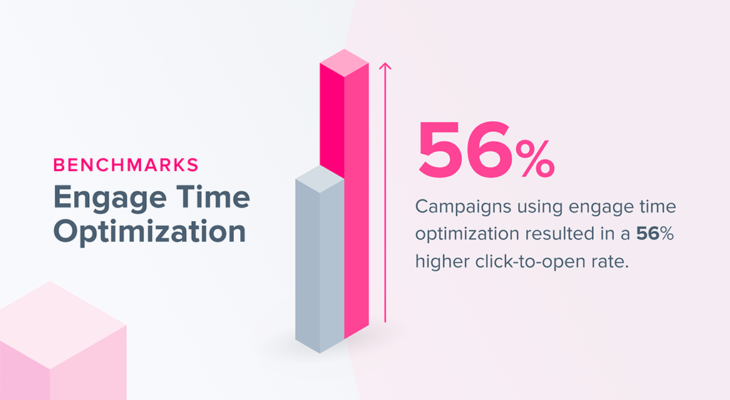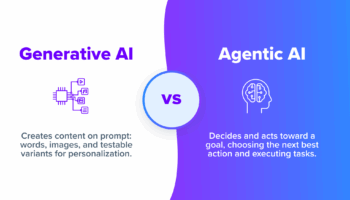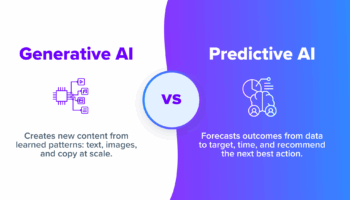If you Google “best day to send marketing email” or “best time to send SMS,” chances are you’ll find a long list of articles dictating the ideal time to deploy your marketing campaigns — whether Thursday is more successful than Sunday or noon is better than 5 p.m. The irony of this approach is that if every marketer is told that there’s one perfect day or time to send marketing communications, then every brand will follow suit, meaning there’s more competition at those days or times.
Instead of subscribing to the standard send time optimization strategy, our team at Blueshift has thoughtfully equipped our AI-powered platform with predictive intelligence so that communications are sent out when a customer is most likely to engage — in other words, engage time optimization. In our Benchmark Report 2022: Cross-Channel Marketing, we define this feature as sending messages when each customer is most likely to fully engage with your brand, allowing you to drive conversion with relevant, timely messages.
We crafted the above-mentioned report by analyzing 10 billion messages sent by Blueshift customers in 2021. Among our findings, we were able to prove the value of engage time optimization. Keep reading below to check out our key takeaways.



